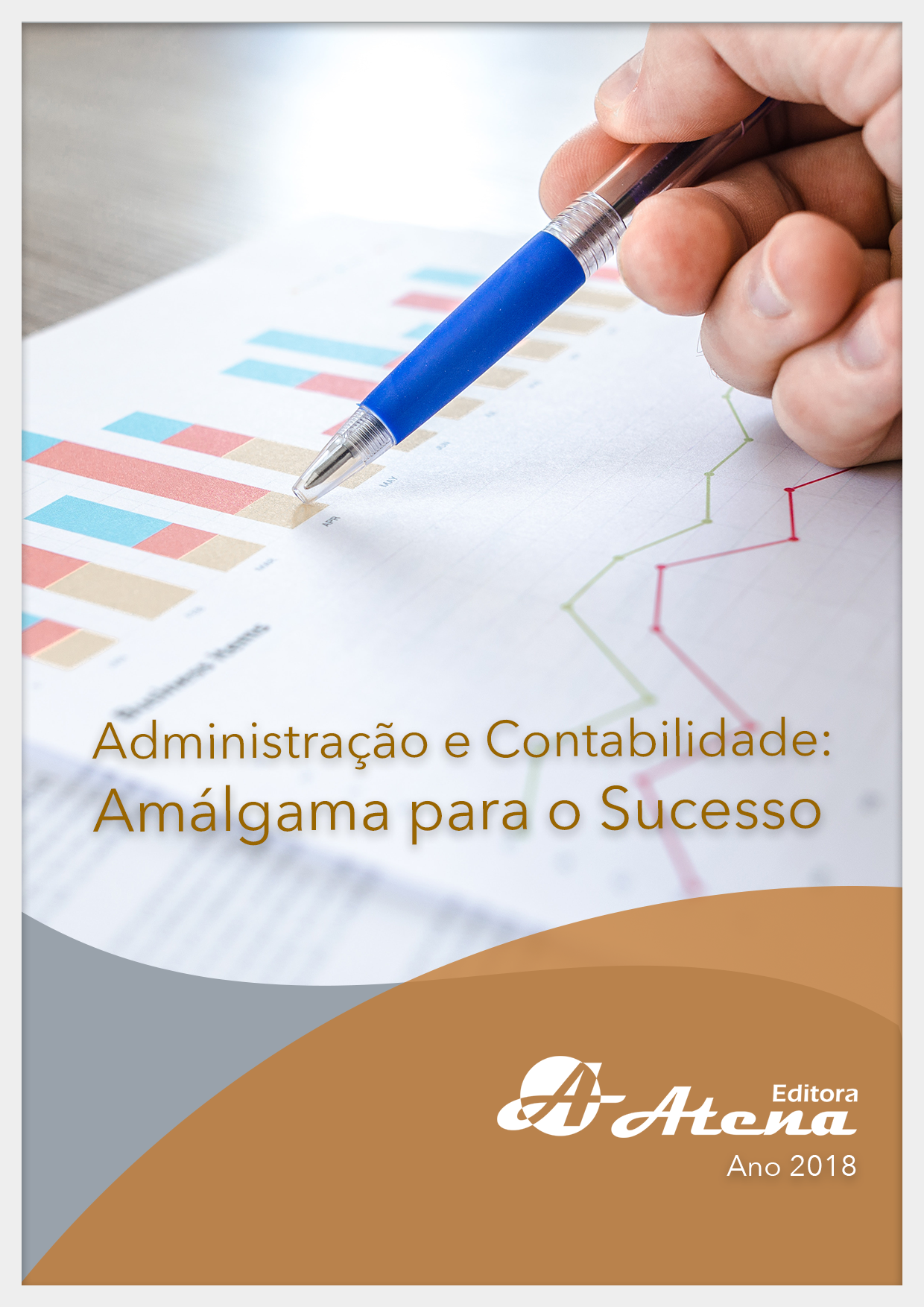
RELAÇÃO ENTRE CAPITAL DE GIRO E RENTABILIDADE: EVIDÊNCIAS NO SETOR DE COMÉRCIO NO BRASIL
Este estudo se propôs investigar a relação
entre a gestão do capital de giro e a rentabilidade
em 23 empresas listadas na BM&FBovespa
do setor de Comércio. Além disso, objetivouse, de forma complementar, comparar essa
relação a partir de quatro métricas distintas de
rentabilidade, que são: Retorno sobre o Ativo (ROA),
Retorno Sobre o Capital Investido (ROIC), Retorno
Sobre o Patrimônio Líquido (RSPL) e Resultado
Bruto sobre o Ativo Operacional (REBAO). Como
proxies de capital de giro, foram utilizadas: Nível
de Capital de Giro Líquido (NCGL), Prazo Médio de
Estocagem (PME), Prazo Médio de Recebimento
(PMR) e Prazo Médio de Pagamento (PMP). A
amostra da pesquisa, obtida pela ferramenta
Comdinheiro, contou com 972 observações
empresa/ano, com dados trimestrais entre os
anos de 2000 a 2015. Foram estimados quatro
modelos de regressão com dados em painel e os
resultados mostram que a proxy de rentabilidade
mais influenciada pela gestão do capital de giro
é o ROA, sendo que quanto maior for o prazo de
estocagem da empresa, a média da rentabilidade
tende a ser menor. O contrário acontece com o
NCGL, ou seja, quanto maior for o NCGL, maior
tende a ser a média do ROA. Por outro lado, o
ROIC se mostrou sensível, de forma negativa, ao
PMR, enquanto que o RSPL apresentou relação
negativa com o NCGL. Não obstante, a variável
o REBAO não apresentou relações significativas
com as métricas usadas para medir a gestão do
capital de giro
RELAÇÃO ENTRE CAPITAL DE GIRO E RENTABILIDADE: EVIDÊNCIAS NO SETOR DE COMÉRCIO NO BRASIL
-
DOI: Atena
-
Palavras-chave: Capital de Giro; Rentabilidade; Comércio.
-
Keywords: Working Capital; Profitability; Commerce.
-
Abstract:
This study aimed to investigate the
relationship between working capital management
and profitability in 23 companies listed on the BM
& FBovespa of the Commerce sector. In addition,
the objective was to complement this relationship
from four different profitability metrics, which
are Return on Asset (ROA), Return on Invested
Capital (ROIC), Return on Equity (RSPL) And Gross
Result on Operating Assets (REBAO). As working
capital proxies, the following were used: Net
Working Capital Level (NCGL), Average Holding
Period (PME), Average Receiving Period (PMR)
and Average Payment Period (PMP). The survey
sample, obtained by the Comdinheiro tool, had
972 company / year observations, with quarterly
data between 2000 and 2015. Four regression
models were estimated with panel data and the
results show that the most influenced profitability
proxy By working capital management is the ROA,and the longer the stocking period of the company, the average profitability tends to be
lower. The opposite happens with the NCGL, ie the larger the NCGL, the larger the ROA
average. On the other hand, the ROIC was negatively sensitive to the PMR, while the RSPL
showed negative relation with the NCGL. Nevertheless, the REBAO variable did not present
significant relationships with the metrics used to measure working capital management.
-
Número de páginas: 15
- Veronica Silva Ricardo


